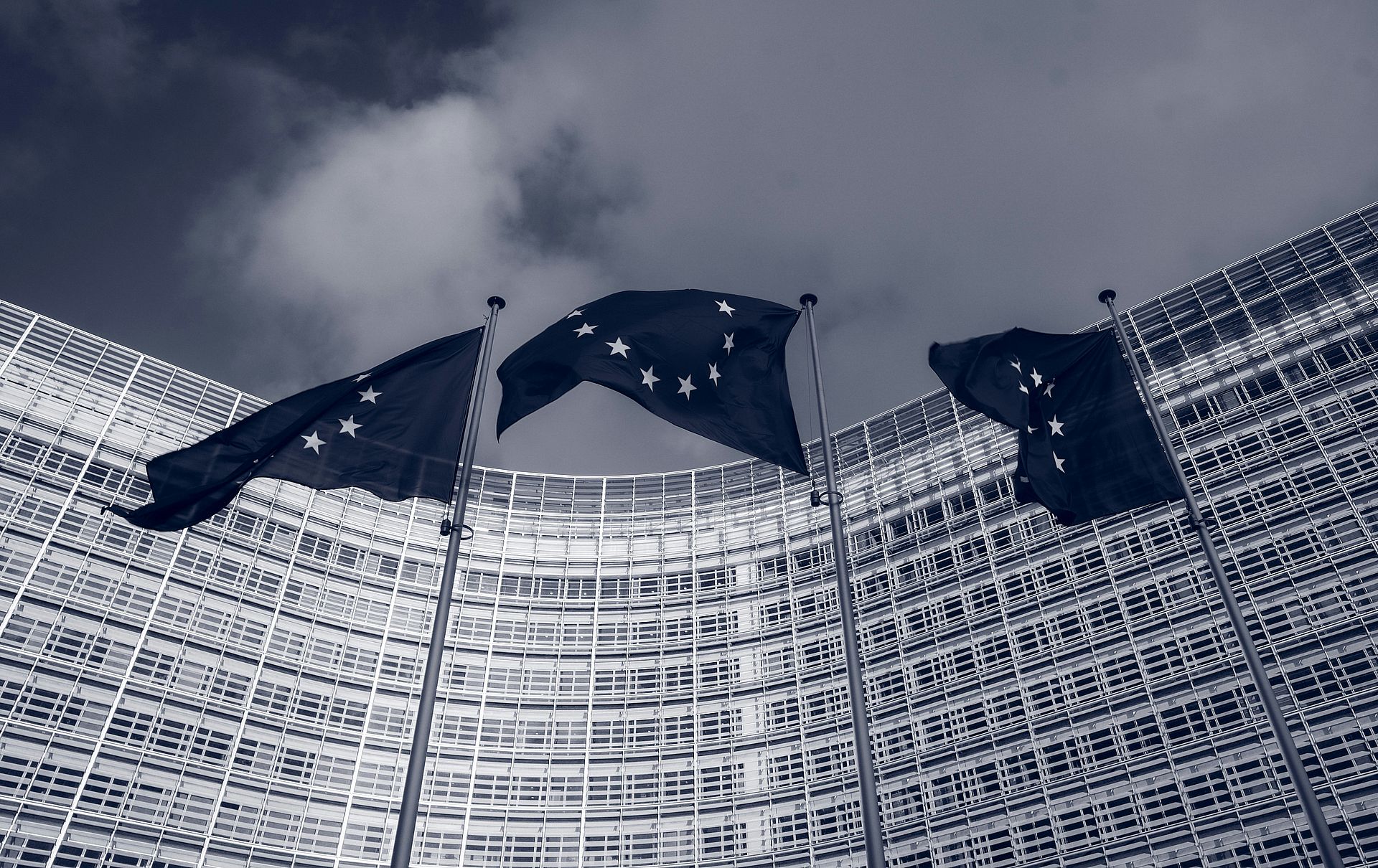October 17, 2024, marks a pivotal moment for EU companies as they race against the clock to meet the deadline for transposing the NIS2 Directive into national law. This deadline heralds a new era of cybersecurity obligations, compelling businesses across critical sectors to bolster their digital defenses.
For EU companies, compliance with NIS2 is non-negotiable. Failure to meet the deadline not only invites severe penalties, which could reach 10 million euros, but also jeopardizes their reputation and undermines economic stability. As the countdown to October 17, 2024, accelerates, EU companies must prioritize NIS2 compliance to safeguard against cyber threats and navigate the evolving digital landscape with resilience and preparedness.

What is the NIS2 Directive?
The NIS2 Directive, or the “Network and Information Security Directive 2,” is like a rulebook created by the EU to make sure our digital systems are secure. It’s an updated version of an older rule called the NIS Directive, with some important improvements.
Here is what NIS2 aims to do:
- Better security: NIS2 wants to make sure that the companies running vital services, like energy and healthcare, have strong security in place to protect against hackers.
- More areas covered: Unlike before, NIS2 now protects even more essential services, like transportation and finance. This means more areas of our lives are shielded from cyber threats.
- Easier reporting: If something goes wrong with a company’s digital systems, they have to tell the authorities. NIS2 makes this reporting process simpler, so problems can be fixed faster.
- Tougher rules: NIS2 doesn’t mess around. It lays out strict rules and punishments for companies that don’t follow them. This ensures everyone takes cybersecurity seriously.
The NIS2 Directive is a big step forward for cybersecurity in Europe. It fixes problems with old rules and gets ready for new challenges. It covers more areas now, like energy and transportation, and includes medium and large companies. Each country can also add smaller businesses they think are risky.

The rules now treat all important companies the same, instead of separating them into groups.
NIS2 makes security and reporting simpler for companies. They have to manage risks better and report incidents faster.
It also looks at security in the supply chain, making sure companies are safe from their suppliers.
The Directive improves how countries work together on cybersecurity and sets up a system for handling big cyber problems.
Lastly, it makes sure companies share when they find a security problem, and creates a database of known issues.

In short, NIS2 makes Europe safer online, preparing for future threats and making sure everyone plays their part in keeping things secure.
So, what do you need to achieve these goals?
NIS2 requirements
The NIS2 Directive sets out clear requirements to fortify defenses and mitigate risks, such as:
Security measures for critical infrastructure:
NIS2 mandates operators of critical infrastructure, such as energy, transportation, and healthcare, to implement robust security measures. This includes:
- Risk assessments: Identifying and evaluating potential cybersecurity risks to critical systems.
- Security controls: Implementing measures like access controls, encryption, and regular security updates to prevent unauthorized access and data breaches.
- Incident response plans: Establishing procedures to promptly detect, respond to, and recover from cybersecurity incidents.
Reporting obligations
Timely reporting of cybersecurity incidents is essential for effective response and mitigation. NIS2 requires organizations to:
- Report incidents: Notify relevant authorities of any significant cybersecurity incidents without delay.
- Provide information: Furnish details about the incident’s impact, mitigation measures taken, and lessons learned to facilitate collective response efforts.
Compliance monitoring and enforcement
NIS2 imposes stricter measures and sanctions to ensure compliance and accountability:
- Regular audits: Conducting periodic audits to assess compliance with NIS2 requirements and identify areas for improvement.
- Penalties for non-compliance: Failure to meet NIS2 obligations can result in substantial fines and legal repercussions, underscoring the importance of adherence to cybersecurity standards.

Cultural shift towards cybersecurity
Promoting a culture of cybersecurity awareness and resilience is integral to NIS2 compliance:
- Training and education: Providing ongoing training and awareness programs to equip personnel with the knowledge and skills to identify and respond to cyber threats.
- Promoting best practices: Encouraging collaboration and information sharing among organizations to enhance collective cybersecurity posture and resilience.
Adhering to NIS2 requirements strengthens cybersecurity across critical sectors, ensuring a robust defense against evolving threats in the digital landscape.
The deadline
Member States of the EU are tasked with transposing the provisions of the NIS2 Directive into national law by October 17, 2024. This deadline signifies a crucial milestone for organizations operating within the EU, as it marks the commencement of legal obligations under the directive. Achieving full compliance with NIS2 requires diligent preparation and adherence to the prescribed security measures.
For more detailed information, click here.
Featured image credit: EU





